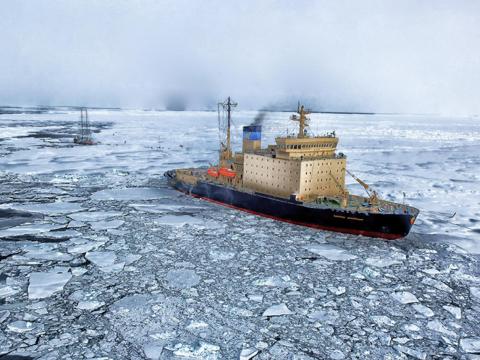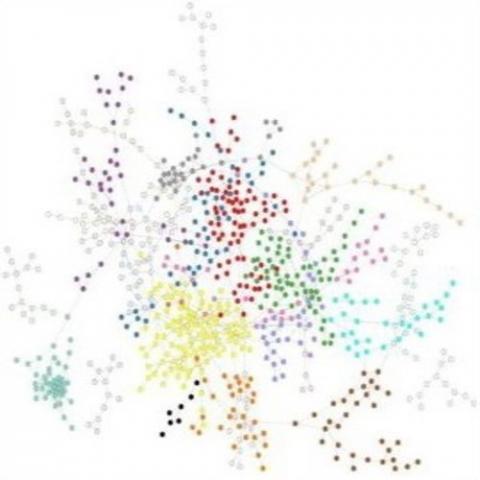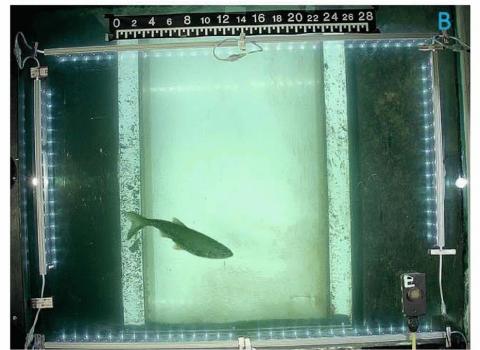Data Science & Biostatistics
Filter results
Category
- (-) Scientific Discovery (60)
- Biology (38)
- Human Health (14)
- Earth System Science (13)
- Integrative Omics (12)
- Microbiome Science (12)
- Computational Research (10)
- Chemistry (7)
- National Security (6)
- Data Analytics & Machine Learning (5)
- Computing & Analytics (4)
- Chemical & Biological Signatures Science (2)
- Energy Resiliency (2)
- Weapons of Mass Effect (2)
- Coastal Science (1)
- Computational Mathematics & Statistics (1)
- Ecosystem Science (1)
- Energy Efficiency (1)
- Energy Storage (1)
- Plant Science (1)
- Renewable Energy (1)
- Solar Energy (1)
Tags
- Mass Spectrometry (7)
- Multi-Omics (7)
- Virology (7)
- Omics-LHV Project (6)
- Differential Expression Analysis (5)
- Gene expression profile data (5)
- Immune Response (5)
- Time Sampled Measurement Datasets (5)
- Autoimmunity (4)
- Biomarkers (4)
- Homo sapiens (4)
- Mass spectrometry data (4)
- Molecular Profiling (4)
- Omics (4)
- Type 1 Diabetes (4)
- Machine Learning (3)
- Mass spectrometry-based Omics (3)
- Mus musculus (3)
- Proteomics (3)
- Synthetic Biology (3)
- Biological and Environmental Research (2)
- Ebola (2)
- Human Interferon (2)
- Influenza A (2)
- MERS-CoV (2)
- PerCon SFA (2)
- Predictive Modeling (2)
- West Nile virus (2)
- Climate Change (1)
- Neural Networks (1)
Dr. Paul Piehowski is the Proteomics team leader for PNNL’s Environmental and Molecular Sciences Division and the Environmental Molecular Sciences Laboratory (EMSL) user program. Piehowski is an analytical chemist whose research is focused on the application of mass spectrometry to biological...
Category
Dr. Gao obtained her Ph.D degree in Chemistry from institute of chemistry, Chinese Academy of Science. His Ph.D research focused on multiscale modeling of morphology and properties of polymeric materials, polymer processing and unveiling the process–properties relationships. (atomic to coarse...
Category
The Human Islet Research Network (HIRN) is a large consortia with many research projects focused on understanding how beta cells are lost in type 1 diabetics (T1D) with a goal of finding how to protect against or replace the loss of functional beta cells. The consortia has multiple branches of...
Datasets
0
The influence of tidal inundation dynamics on below ground carbon pools is poorly understood across coastal terrestrial-aquatic interface (TAI) ecosystems. The dynamic environmental conditions of tidally-influenced landscapes, the chemically complex nature of carbon compounds, the diverse nature of...
Category
Datasets
3
The Phenotypic Response of the Soil Microbiome to Environmental Perturbations Project (Soil Microbiome SFA) at Pacific Northwest National Laboratory is a Genomic Sciences Program Science Focus Area (SFA) Project operating under the Environmental Microbiome Science Research Area. The Soil Microbiome...
Datasets
23
Category
Datasets
3
Last updated on 2024-02-11T22:41:43+00:00 by LN Anderson Omics-LHV Profiling of Host Interferon-Stimulated Response to Virus Infection Background The human host Interferon ( IFN ) alpha, beta, and gamma participate in the body's natural immune response to lethal virus infection and disease. The...
Category
Datasets
5
Category
Datasets
1
Category
Datasets
8
This project is an interdisciplinary collaboration supported by US DOE Office of Science's Scientific Discovery through Advanced Computing (SciDAC) program. The project addresses a crucial but largely overlooked source of error in the Energy Exascale Earth System Model (E3SM) and other atmosphere...
Category
Datasets
2
The PNNL-SERDP database was constructed by PNNL to generate the quantitative infrared spectra of gases associated with biomass burning; the reference data are to allow detection and quantification of such gases via infrared absorption spectroscopy. Candidates for the database were selected based on...
Category
Datasets
2
Category
Datasets
1
Category
Datasets
1
Category
Datasets
1













